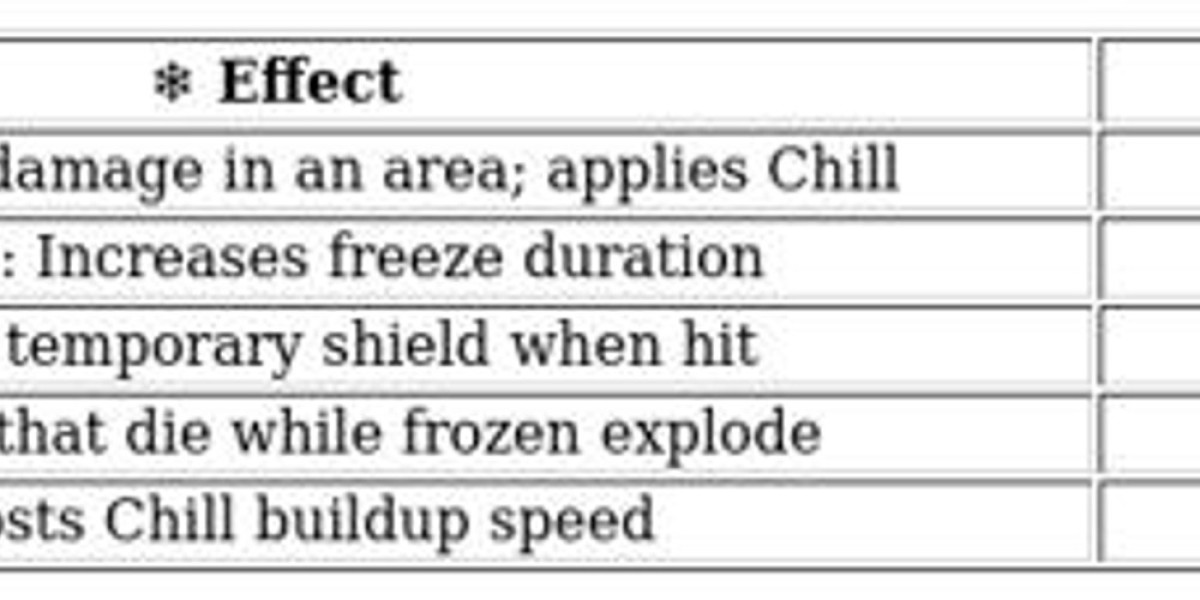Bi-folding Door Repair: A Comprehensive Guide to Troubleshooting and Maintenance
Bi-folding doors, likewise known as folding sliding doors or concertina doors, have risen in popularity in modern homes for their ability to perfectly combine indoor and outside spaces. Their extensive glass panels flood rooms with natural light and create an open, airy feel, making them a desirable feature for patios, conservatories, and room dividers. However, like any mechanical system, bi-folding doors can come across issues with time, needing repair and maintenance to ensure they continue to operate smoothly and visually.
This post acts as an informative guide to understanding typical issues with bi-folding doors, offering insights into DIY repair alternatives and when it's finest to hire a professional. We will also delve into preventative maintenance suggestions to extend the lifespan and ideal efficiency of these excellent door systems.

Understanding Common Bi-folding bifold door pivot repair Problems
Before trying any repairs, it's vital to identify the particular problem affecting your bi-folding doors. Numerous issues can emerge, typically coming from wear and tear, misalignment, or improper maintenance. Here are some of the most regularly come across issues:
- Difficult Operation: Doors become stiff, hard to open or close, or require extreme force. This can be due to friction in the tracks, hinges, or rollers.
- Squeaking or Grinding Noises: Annoying sounds during operation frequently suggest a lack of lubrication, used rollers, or debris in the tracks.
- Doors Dragging or Catching: Doors may scrape versus the frame, floor, or each other. This could represent misalignment, warping, or harmed rollers.
- Gaps or Draughts: Visible spaces in between door panels or the frame can lead to drafts, heat loss, and security concerns. This may point to issues with seals, hinges, or the locking mechanism.
- Water Leaks: Water ingress, particularly around the bottom of the doors, may suggest damaged weather seals or drain obstructions.
- Locking Problems: Difficulties locking or opening the doors can be due to misalignment, a malfunctioning lock system, or problems with the handle.
- Damaged Rollers or Tracks: Worn, broken, or damaged rollers and damaged tracks can badly impede smooth operation and lead to other issues.
- Loose or Damaged Hinges: Hinges are critical for the folding action. Loose or damaged hinges can cause doors to sag, bind, and run improperly.
Do It Yourself Bi-folding Door Repairs: Tackling Common Issues
Many small bi-folding door issues can be attended to with basic DIY abilities and tools. Before starting any repair, guarantee you have the required security devices, such as gloves and eye defense. Constantly refer to the maker's guidelines if readily available and proceed with care.
Here's a breakdown of common DIY repair tasks:
1. Lubrication and Cleaning:
- Identify Points of Friction: Locate hinges, rollers, tracks, and locking mechanisms where friction appears evident.
- Clean Tracks and Rollers: Use a stiff brush or vacuum to eliminate particles, dust, and dirt from the tracks. For rollers, carefully clean around each wheel.
- Apply Lubricant: Use a silicone-based lube specifically designed for windows and doors on all moving parts. Avoid oil-based lubes as they can attract dust and grime. Spray lube moderately and clean off any excess.
- Test Operation: Open and close the doors several times to distribute the lubricant and assess if the operation has actually improved.
2. Adjusting Rollers:
- Locate Roller Adjustment Screws: Most bi-folding bifold door contractors roller systems have change screws, typically accessible from the side or top of the door panels. Consult your door's manual if you are uncertain of their area.
- Loosen Up Adjustment Screws: Use a screwdriver or Allen key to slightly loosen up the change screws.
- Adjust Roller Height: Gently change the roller height to raise or decrease the door panel. This may require minor trial and error. Adjust in small increments and check the bifold door replacement parts operation after each modification.
- Tighten Up Adjustment Screws: Once smooth operation is attained, securely tighten the change screws to lock the rollers in place. Ensure you change all rollers equally to keep even weight circulation and positioning.
3. Tightening Up Hinges and Hardware:
- Inspect Hinges: Check all hinges for looseness or damage.
- Tighten Up Loose Screws: Use a screwdriver to tighten any loose screws on hinges, handles, and locking mechanisms. Take care not to overtighten and strip the screw heads.
- Replace Damaged Screws: If screws are removed or harmed, replace them with properly sized replacements.
- Inspect Handle and Lock Fixings: Ensure handles and locking systems are securely fastened and functioning properly.
4. Weather Condition Seal Replacement:
- Identify Damaged Seals: Inspect weather seals around the door perimeter for cracks, tears, or degeneration.
- Eliminate Old Seals: Carefully get rid of the old weather seals, often they are push-fit or glued in location.
- Clean Seal Channel: Clean the channel where the weather seal sits to remove any debris or adhesive residue.
- Install New Seals: Cut the new weather seal to the correct length and carefully push or glue it into the channel, ensuring a tight and continuous seal.
When to Call a Professional Bi-folding Door Specialist
While DIY repairs can deal with small problems, certain issues require the competence of a certified bi-folding door repair specialist. Trying intricate repairs without the best understanding and tools can worsen the problem and potentially jeopardize the door's integrity and security.
Here are circumstances when professional support is highly suggested:
- Significant Misalignment: If you can not solve dragging, capturing, or spaces with basic roller modifications, it might suggest a more severe structural problem within the door frame or opening.
- Harmed Tracks or Rollers: Replacing tracks or rollers often needs specific tools and knowledge of the door system. Trying this yourself can be challenging and may lead to additional damage.
- Complex Locking Mechanism Faults: If you believe an issue within the internal locking mechanism or if the locking system is intricate, expert medical diagnosis and repair are necessary to maintain security.
- Glass Panel Issues: Never try to repair or replace glass panels yourself. Broken or damaged glass panels require expert handling and replacement to ensure security and proper sealing.
- Warped or Damaged Door Panels: Warped or considerably damaged door panels often need expert assessment to identify the cause and suitable repair or replacement.
- Recurring Problems: If you discover yourself often performing the exact same DIY repairs, it might show a hidden concern that requires professional attention to prevent future issues.
- Doors Under Warranty: Performing DIY repairs on doors still under warranty may void the warranty. Always consult the service warranty terms before attempting any repairs yourself.
Preventative Maintenance: Ensuring Longevity
Proactive maintenance is essential to avoiding lots of bi-folding door issues and extending their life-span. Routine care can save you time, cash, and aggravation in the long run.
Here are essential preventative maintenance pointers:
- Regular Cleaning: Clean tracks and rollers regularly (a minimum of every few months, or repairmywindowsanddoors.co.uk more regularly in dirty environments) to avoid particles accumulation.
- Lubrication: Lubricate moving parts (hinges, rollers, locks) at least twice a year, or as needed, using a silicone-based lubricant.
- Examination of Weather Seals: Inspect weather condition seals each year for damage and replace them immediately to avoid drafts and water leakages.
- Inspect Fixings: Periodically examine and tighten up screws on hinges, deals with, and locking systems.
- Gentle Operation: Avoid forcing the doors open or closed. If they are stiff, examine the cause instead of applying extreme force.
- Professional Servicing: Consider yearly or bi-annual expert servicing and inspection, especially for complex systems, to capture potential issues early and ensure optimum performance.
Conclusion
Bi-folding doors are a stunning addition to any home, enhancing both aesthetic appeals and performance. Understanding typical repair requirements and practicing preventative maintenance will guarantee these doors continue to run efficiently and dependably for several years to come. While DIY repairs appropriate for minor issues, recognizing when to seek expert help is important for intricate problems and preserving the stability and security of your bi-folding door system. By combining proactive upkeep with notified repair decisions, you can enjoy the benefits of your bi-folding doors without unnecessary trouble and expenditure.
Frequently Asked Questions (FAQs)
Q: How typically should I lubricate my bi-folding door hinges and rollers?
A: It is advised to lubricate bi-folding door hinges and rollers a minimum of two times a year. However, in dusty or coastal environments, you may require to lubricate them more regularly, possibly every 3-4 months. Listen for squeaking or tightness-- these are excellent signs that lubrication is required.
Q: What kind of lubricant should I use for my bi-folding doors?
A: Use a silicone-based lube particularly designed for doors and windows. Silicone lubes are efficient at decreasing friction and are less most likely to draw in dust and grime compared to oil-based lubes. Prevent using WD-40 as a long-term lube as it can dry out and attract dust.
Q: Can I change bi-folding door rollers myself?
A: Yes, basic roller adjustments are frequently DIY-friendly. Find the adjustment screws (refer to your door handbook if needed), and use a screwdriver or Allen secret to make little modifications. Keep in mind to change all rollers equally and test operation after each adjustment. If you're uncertain or the adjustments don't resolve the issue, seek advice from a professional.
Q: How do I tidy bi-folding door tracks?
A: Use a stiff brush or vacuum cleaner with a crevice tool to remove dust, dirt, and particles from the tracks. For stubborn gunk, you can utilize a damp fabric or mild soapy water, ensuring you dry the tracks thoroughly later on. Regular cleansing is essential for smooth operation.
Q: My bi-folding doors are leaking water at the bottom. What could be the issue?
A: Water leaks at the bottom of bi-folding doors can be triggered by several issues:
- Damaged or Deteriorated Weather Seals: Inspect and replace any damaged weather condition seals along the bottom edge of the doors.
- Blocked Drainage Holes: Check for drainage holes at the bottom track and guarantee they are not obstructed by debris. Clear any clogs to allow water to drain pipes away.
- Inaccurate Threshold Installation: If the limit is not properly installed or sealed, water can permeate underneath. This might require expert evaluation and correction.
Q: How much does it generally cost to repair bi-folding doors expertly?
A: The cost of professional bi-folding door repair differs depending upon the intricacy of the issue, the parts needed, and the labor rates in your location. Easy repairs like roller modifications or hinge tightening may cost around ₤ 100-₤ 200. More complicated repairs, such as track or roller replacement, or repairing locking mechanisms, could vary from ₤ 300-₤ 500 or more. Always get quotes from several credible professionals to compare prices and services.







